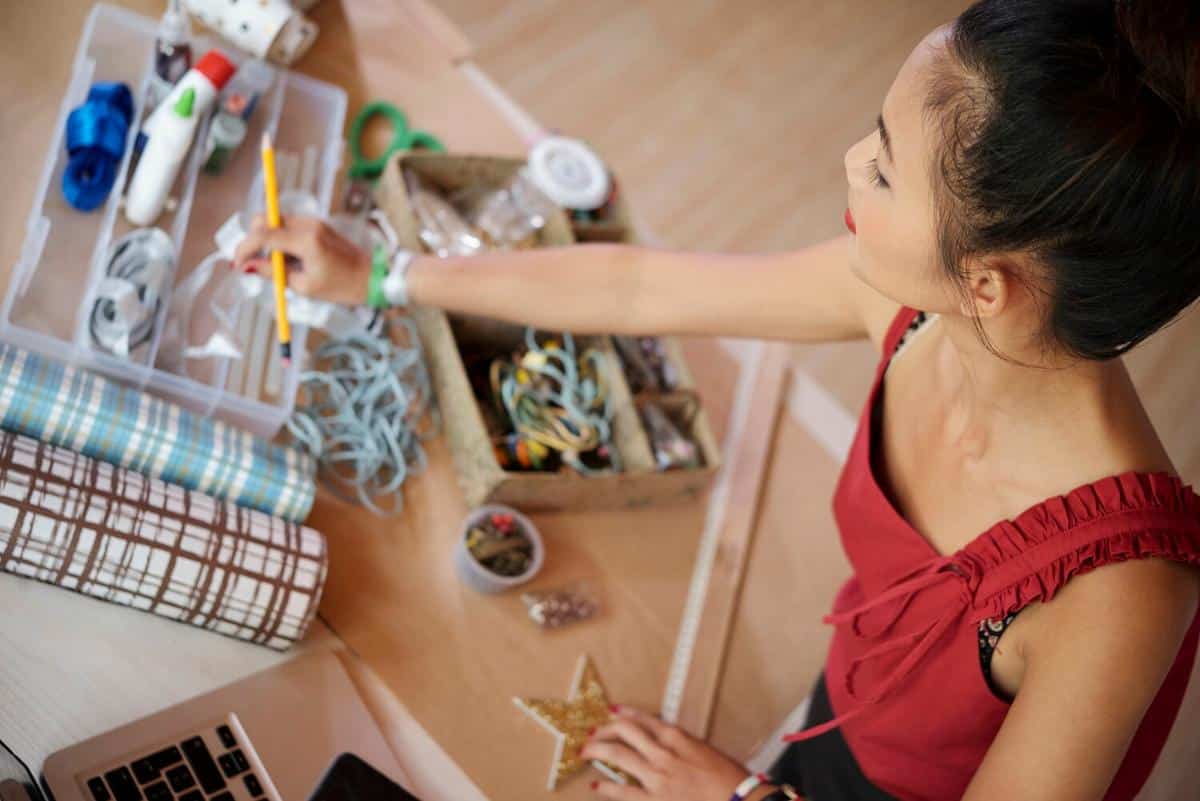
Upcycling Ideas: Transforming Old Into New
Discovering the potential to transform everyday items into something new and useful can be both exciting and rewarding. Upcycling, the creative process of repurposing old materials, not only contributes to a sustainable lifestyle but also encourages innovation and personal expression.
Upcycling is more than just a trend; it’s an essential component of sustainable living. By giving new life to items that would otherwise be discarded, we reduce waste and conserve resources. According to a report by the Environmental Protection Agency, Americans generated 292.4 million tons of trash in 2018, emphasizing the urgent need for sustainable solutions like upcycling.
The Value of Upcycling
Upcycling offers numerous benefits beyond environmental impact. Dr. Lucy Jones, a sustainability expert, notes that “upcycling fosters creativity and innovation, allowing individuals to create unique, personalized items.” This practice not only reduces waste but also saves money and supports a circular economy.
Personal Stories of Transformation
Consider the tale of Mark, a hobbyist woodworker who transformed old wooden pallets into charming garden furniture. This project not only saved him money but also provided him with a sense of accomplishment and a unique outdoor setup. Such stories inspire others to look at their trash differently and see the potential for transformation.
Upcycling Ideas You Can Try
- Old T-Shirts: Turn them into reusable shopping bags or braided rugs.
- Glass Jars: Use them as pantry storage, planters, or candle holders.
- Wine Corks: Create bulletin boards or trivets.
- Broken Furniture: Reimagine pieces into pet beds or storage units.
For those new to upcycling, start small. Choose a simple project like converting glass jars into planters, which requires minimal materials and effort.
How to Get Started
Embarking on your upcycling journey is easier than you might think. Follow these steps to begin:
- Identify items you no longer use but see potential in.
- Research online for inspiration and tutorials.
- Gather necessary tools and materials.
- Set aside time to work on your project in stages.
- Share your finished product with friends or on social media to inspire others.
Comparing Upcycling and Recycling
It’s important to distinguish between upcycling and recycling. While both are eco-friendly, they serve different purposes:
| Aspect | Upcycling | Recycling |
|---|---|---|
| Process | Repurposing items without breaking them down | Breaking down materials to create new products |
| Energy Use | Generally low | Can be high due to processing |
| Creativity | High, as it involves redesigning | Low, focuses on material recovery |
| Environmental Impact | Reduces waste and resource use | Prevents landfill overflow |
| Cost | Minimal, often using existing materials | Varies, may involve processing fees |
| End Product | Unique and personalized | Standard and mass-produced |
| Examples | Furniture from pallets | Paper from recycled pulp |
| Time | Varies by project | Industrial processes |
Frequently Asked Questions
What is the main benefit of upcycling?
Upcycling reduces waste and conserves resources while fostering creativity.
Can anyone start upcycling?
Absolutely, anyone can begin upcycling with simple projects and gradually take on more complex ones.
What materials are best for upcycling?
Common materials include wood, fabric, glass, and metal, as they can be easily repurposed.
Is upcycling cost-effective?
Yes, it often uses items you already own, minimizing the need for new purchases.
In conclusion, upcycling is a practical and creative approach to sustainable living. By transforming old into new, we contribute positively to the environment and add personal value to our possessions. Start your upcycling journey today and turn your waste into wonder.


